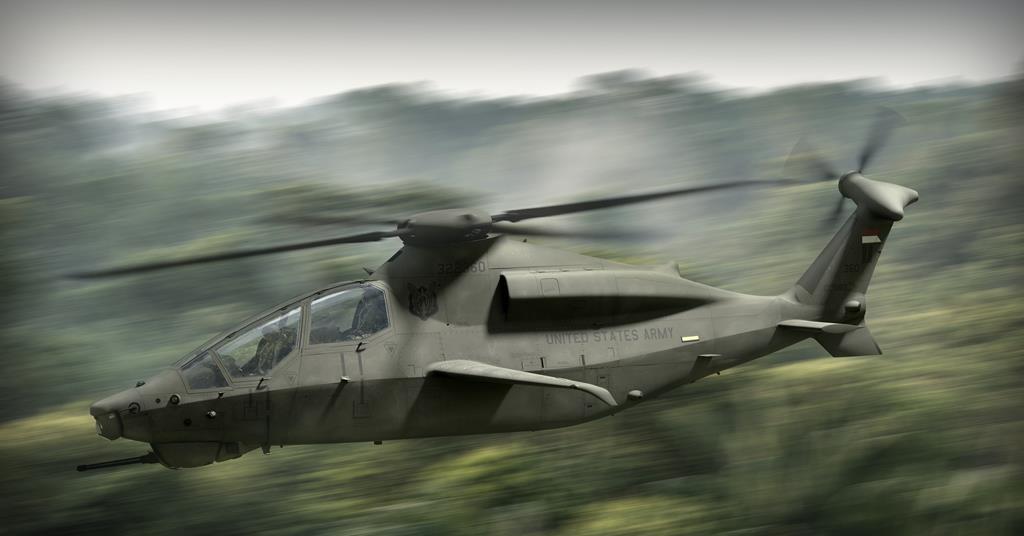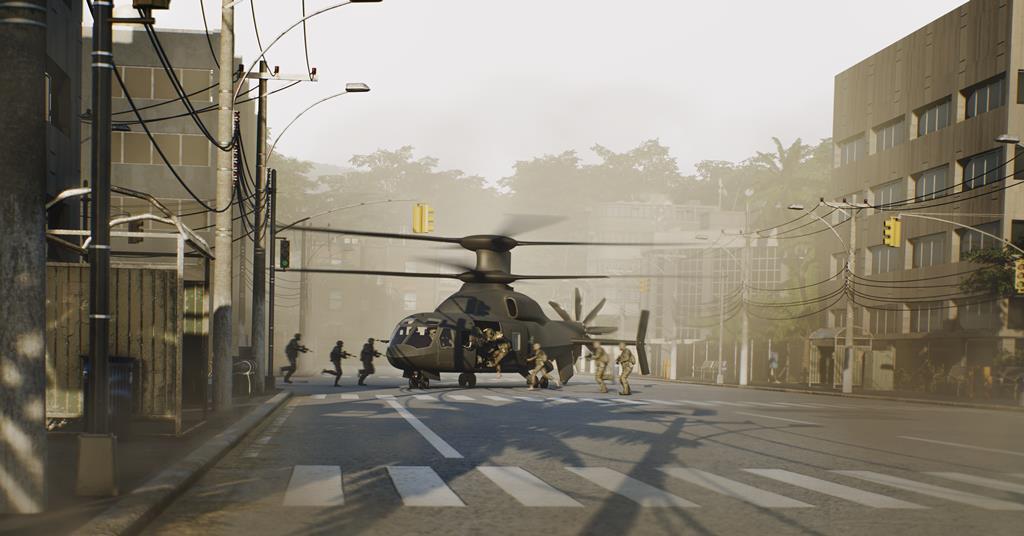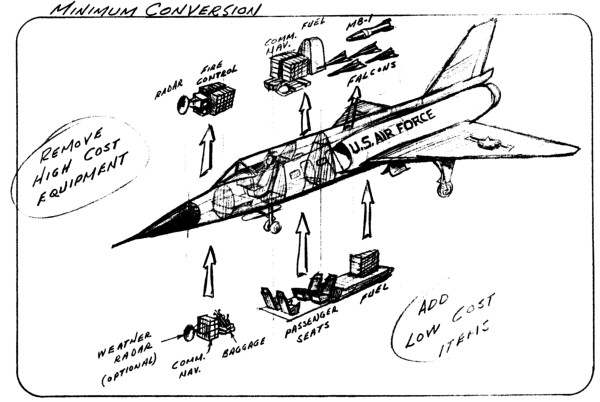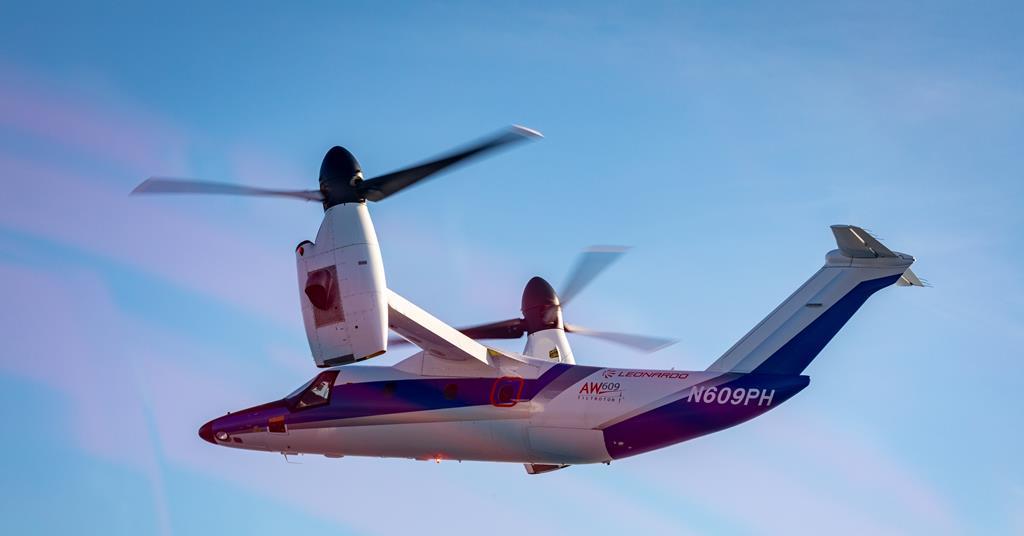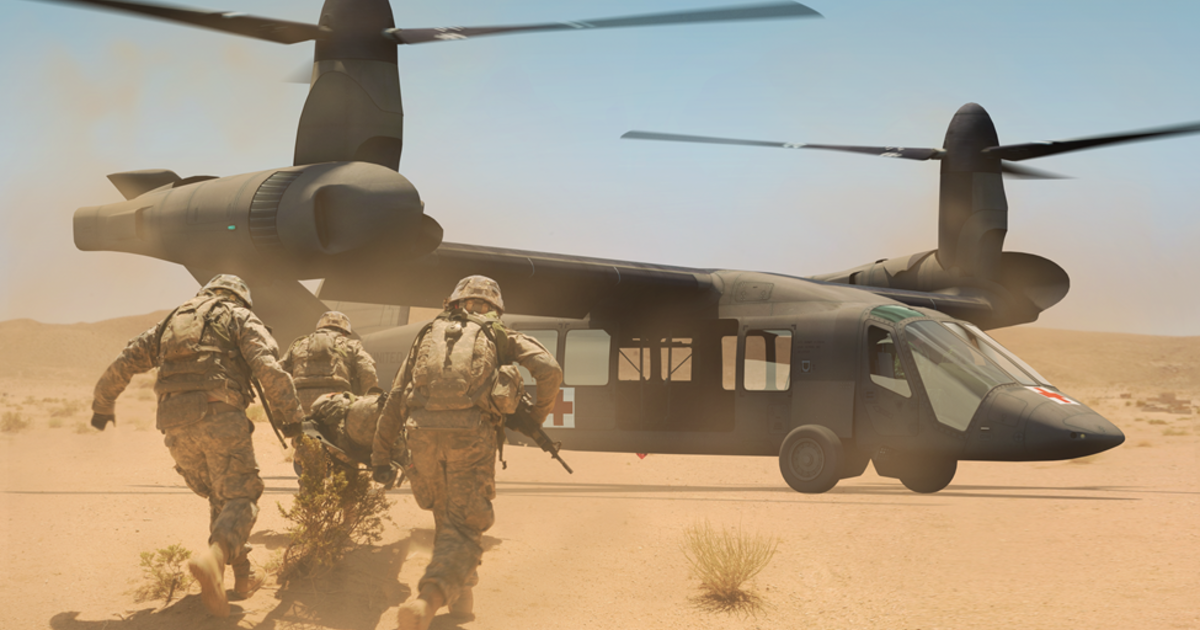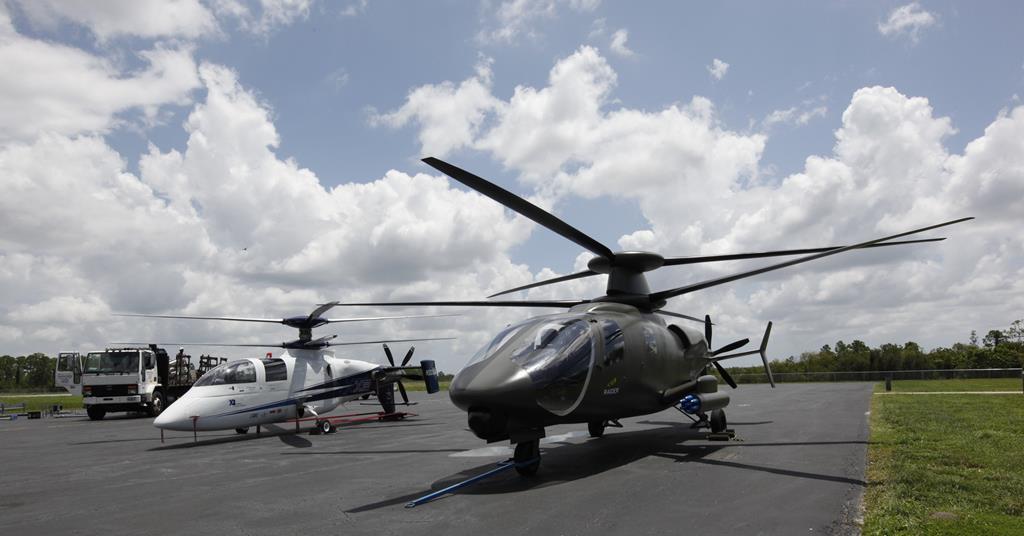Big data dump on FVL. First interesting to note that even with the plus up, FARA had money taken away.
Army aviation benefits from overall defense increase / Inside
Defense
DATE: March 18, 2022
BYLINE: Evan Ochsner
Army aviation programs, including legacy programs and Future Vertical Lift priorities, appear to be among the winners from the defense spending increase above what President Biden requested in the fiscal year 2022 omnibus spending law.
The FY-22 Omnibus Appropriations Act, signed by Biden earlier this week, includes increases for procurement and research and development for legacy Army aviation programs like the Black Hawk and Chinook, as well as increases for Future Vertical Lift.
Army Secretary Christine Wormuth said last week that the higher total defense funding had buoyed the Army's efforts to continue to fund its Future Vertical Lift programs while modernizing and maintaining its current fleet.
In total, lawmakers increased defense spending by about $30 billion over what Biden had requested.
"We can't just turn off those enduring programs while we work to the future," Wormuth said at the McAleese Defense Programs conference. "We have to have a bridge that gets us to the future. So, we've got to be able to do both things: continue to invest in our enduring programs while we develop the new systems."
The FY-22 spending law increases multiyear procurement of the Black Hawk, which the Army seeks to begin replacing in 2030 with the Future Long Range Assault Aircraft, by about a third, bumping the budget to $842 million from about $630 million. The increase is for nine HH-60M model Black Hawks for the National Guard, according to the law's language.
The legislation also includes a bump to about $15 million from about $5 million for Black Hawk blade improvement.
For the Chinook, the budget bill includes an increase to $286 million from the initial $145 million request for F Block II procurement and $29 million above the budget request for current year advanced procurement. The Block II Chinook is an upgraded version that Boeing says has increased lift capabilities.
For Chinook product improvement, the law includes an increase to $68 million from $52 million for engine enhancements and lightweight ballistic protection system.
The program increases for legacy programs appear not to have come at the expense of the Army's Future Vertical Lift priorities, as Congress increased FVL research and development funding above Biden's request.
That includes an additional $77 million in advanced development funds for FLRAA, and an increase to $133 million from $91 million for applied research on FVL technology. FVL advanced technology development funds were increased to $262 million from $180 million in the request.
Not every aviation program got a lift, however. The law decreased Apache procurement funding and kept level future development funding.
The Army's Future Attack Reconnaissance program also saw slight decreases.
The Pentagon's portion of the overall FY-22 defense budget, including military construction, will be $743.2 billion.
The final tally for the Pentagon includes about a $20 billion modernization boost, with around $12 billion going toward procurement and approximately $7 billion for research, development, test and evaluation.
In other FVL news -
The recent panel discussion with experts from Bell focused on impact of future vertical lift (FVL) on Army operations – Future Attack Reconnaissance Aircraft and Future long range assault aircraft

www.airmedandrescue.com
The priorities for the U.S. Army’s Future Vertical Lift program include improvements in speed and range as well as new sensors and targeting technologies. The new generation of rotorcraft should serve for decades once it enters service. The Army is now testing, assessing, and deliberating on two...

nationalinterest.org
Anyone hoping for a high-speed civil helicopter featuring Sikorsky's X2 co-axial compound technology looks set to be disappointed after the manufacturer explicitly ruled out such a development.

www.flightglobal.com
The U.S. Army’s Future Vertical Lift (FVL) program aims to build a new generation of military helicopters. According to the Army, these helicopters will have twice the speed and range of today’s UH-60 Black Hawk and OH-58 Kiowa Warrior scout helicopters. Along with the clear operational need for...

nationalinterest.org


